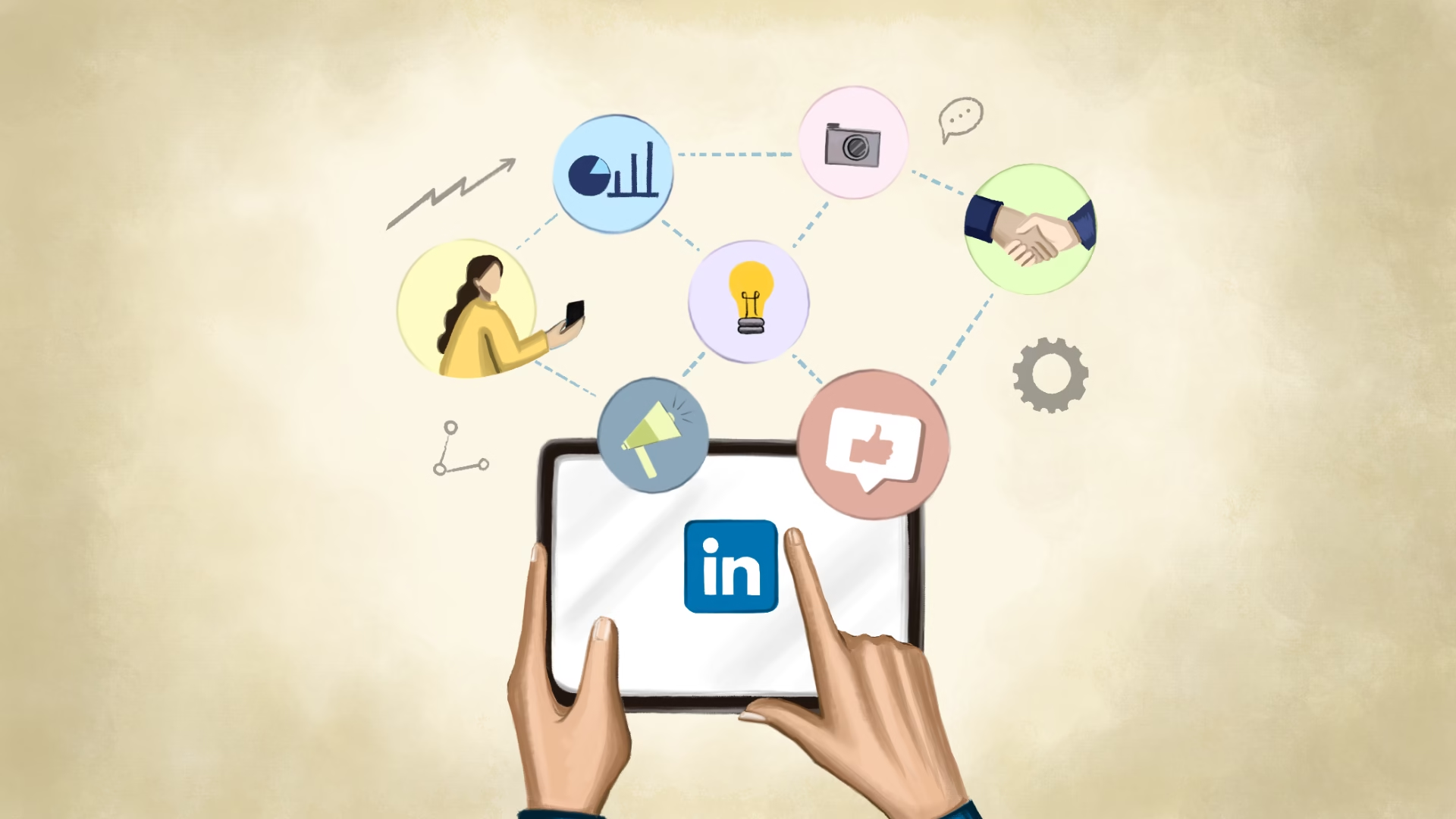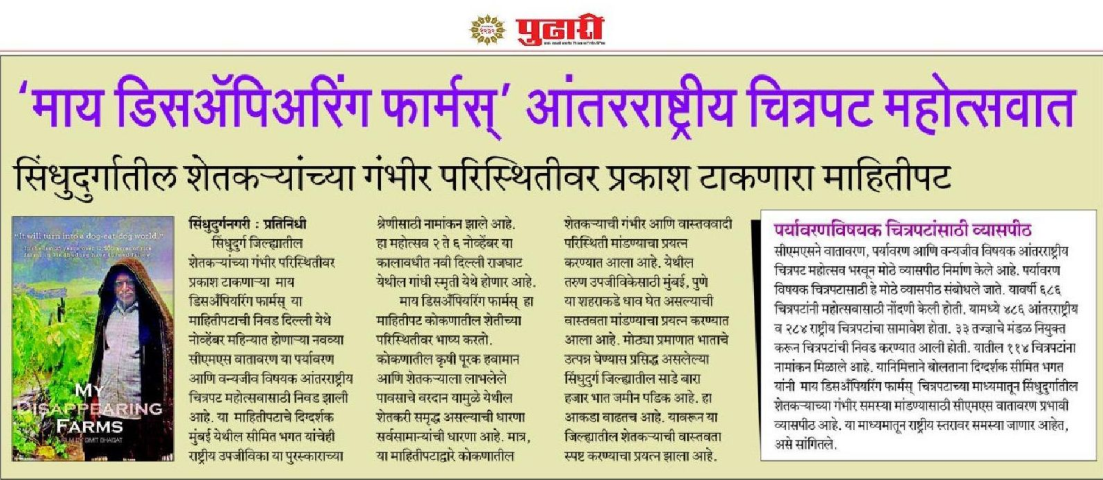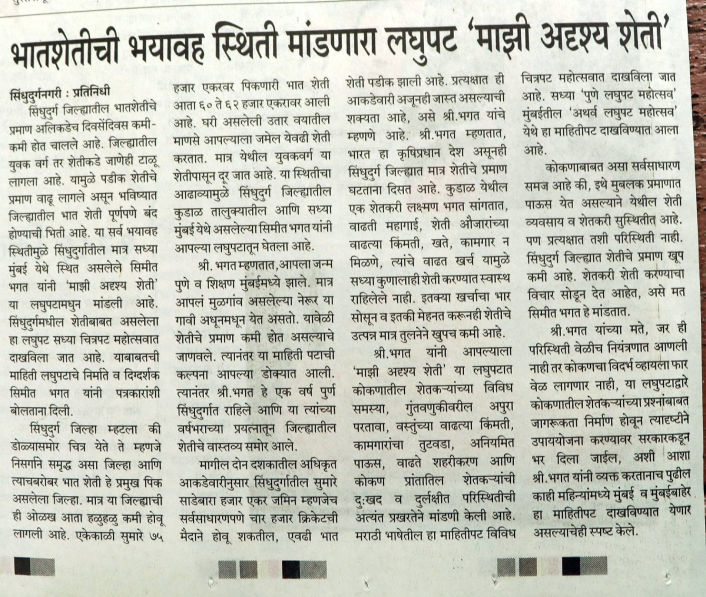A few months ago, we explored how nonprofits can use social media to share their mission and build real, supportive communities. In our blog, How Do I Create an Effective Social Media Strategy for My Nonprofit?, we talked about how stories—especially honest, heartfelt ones—can turn digital platforms into spaces of connection and trust.
But what about LinkedIn?
Most people still think of it as a place for corporate updates and job hunting. But that’s changing. For nonprofits, LinkedIn has quietly become a space for thoughtful conversations, advocacy, and meaningful partnerships. Some organisations are using it to tell stories that go beyond program updates—stories that bring out the human side of their work, right in the middle of this very professional platform.
So how are they doing it? How are they making LinkedIn more than a digital résumé—something that actually fuels change? Let’s take a closer look.
1. ASCO – Using LinkedIn to Build a Skilled, Diverse Workforce
At the American Society of Clinical Oncology (ASCO), LinkedIn isn’t just a recruitment tool—it’s part of how they’re working toward their mission of conquering cancer. Representing nearly 45,000 oncology professionals, ASCO wanted a way to help their staff grow, stay connected to purpose, and feel supported.
So instead of just listing job openings, they took a more complete approach. They used LinkedIn Learning to support staff development, built competencies for 24 job families, and encouraged employees to add completed courses to their profiles. LinkedIn’s nonprofit discounts made it practical and scalable.
And the results speak for themselves: a 15% rise in learning engagement, a 103% increase in staff feedback, and now, 1 in 3 new hires comes directly through LinkedIn. It’s not just about hiring—it’s about building a workplace where people feel invested in and listened to.
2. Dasra – How a Founder’s Voice Fuels Connection
Sometimes it’s not the organisation that draws people in—it’s the people behind it. Neera Nundy, Co-founder and Partner at Dasra, shows just how powerful a founder’s voice can be.
Her LinkedIn posts don’t feel like marketing. They feel like reflections—thoughtful, rooted in experience, and grounded in purpose. With over 7,000 followers, her posts often get hundreds of likes. That kind of engagement doesn’t always come from polished copy—it also comes from speaking with honesty and clarity.
At The Majurity Conversations 2025 in Singapore, Neera asked a striking question: “What if we viewed measurement as an act of respect?” That’s the kind of framing that turns metrics into something deeper. By tying practical insights to bigger questions, Neera doesn’t just inform—she invites people into the work Dasra is doing.
This is where LinkedIn shines for nonprofits: when leaders use it not to promote, but to connect.
3. International Coach Federation – From Awareness to Action
The International Coach Federation (ICF) knew they had something valuable to offer—but finding the right audience was key. So, when they turned to LinkedIn, it wasn’t about pushing content. It was about starting meaningful conversations.
They launched a multi-layered LinkedIn campaign that used Sponsored InMails, Sponsored Content, and Display Ads—each one playing a unique role. InMails offered a direct and personal way to reach people, Sponsored Content shared the benefits of ICF membership, and Display Ads helped put a face to their coaching community.
The campaign brought in nearly 1,900 new members, generated $465,000 in revenue, and delivered a stunning ROI of 1,761%. But beyond the numbers, they also tapped into a network of 60,000 group members on LinkedIn—creating real community, not just visibility.
Their story is a good reminder that with the right message, LinkedIn isn’t just a platform—it’s a space to build trust.
4. TED Conferences – Building a Global Community on LinkedIn
TED has always been about ideas worth spreading. But on LinkedIn, they show how those ideas can also build community.
With over 24 million followers, TED’s LinkedIn page is more than just a feed of popular talks. It’s full of reflections, behind-the-scenes glimpses, interviews with speakers, and reminders that big ideas can live in small moments too.
Many of their posts gather hundreds or even thousands of likes and shares. But more importantly, they start conversations. They bring people together around curiosity, openness, and shared purpose.
That’s what makes TED’s presence so powerful—it’s not just that they post frequently, but that they share meaningfully. It’s a place where people don’t just watch—they feel part of something bigger.
5. Bat Conservation International – Turning Niche Content into LinkedIn Conversations
You might not think bat conservation would get much traction on LinkedIn—but Bat Conservation International (BCI) proves that even niche causes can resonate widely when the storytelling is right.
With 9,000 followers, BCI may not have a huge following. But their posts consistently get hundreds of likes, often more than what you’d expect even from much larger pages.
Their secret? Heartfelt, specific storytelling. In one post, they shared that the Livingstone’s fruit bat had been downlisted from Critically Endangered to Endangered. They wove in details about habitat protection and community partnerships—turning a technical update into a story of resilience and hope.
That post earned nearly 700 likes. But more importantly, it showed that when you speak with care—even about something as overlooked as bats—people listen.
Final Reflections: Turning Connections into Collective Action
What these stories show is simple: LinkedIn isn’t just a box to check. It’s a place where nonprofits can show up in real ways. Whether you’re growing a team, sharing insights, or celebrating a quiet win, LinkedIn gives you space to do it thoughtfully.
It doesn’t take a massive budget or a perfect strategy. Just a clear voice. A little consistency. And a willingness to show the human side of your work.
If you’re looking for more ideas, inspiration, or just want to keep learning how to tell your story better, subscribe to our newsletter. We share honest reflections, practical strategies, and real stories from across the nonprofit world.











